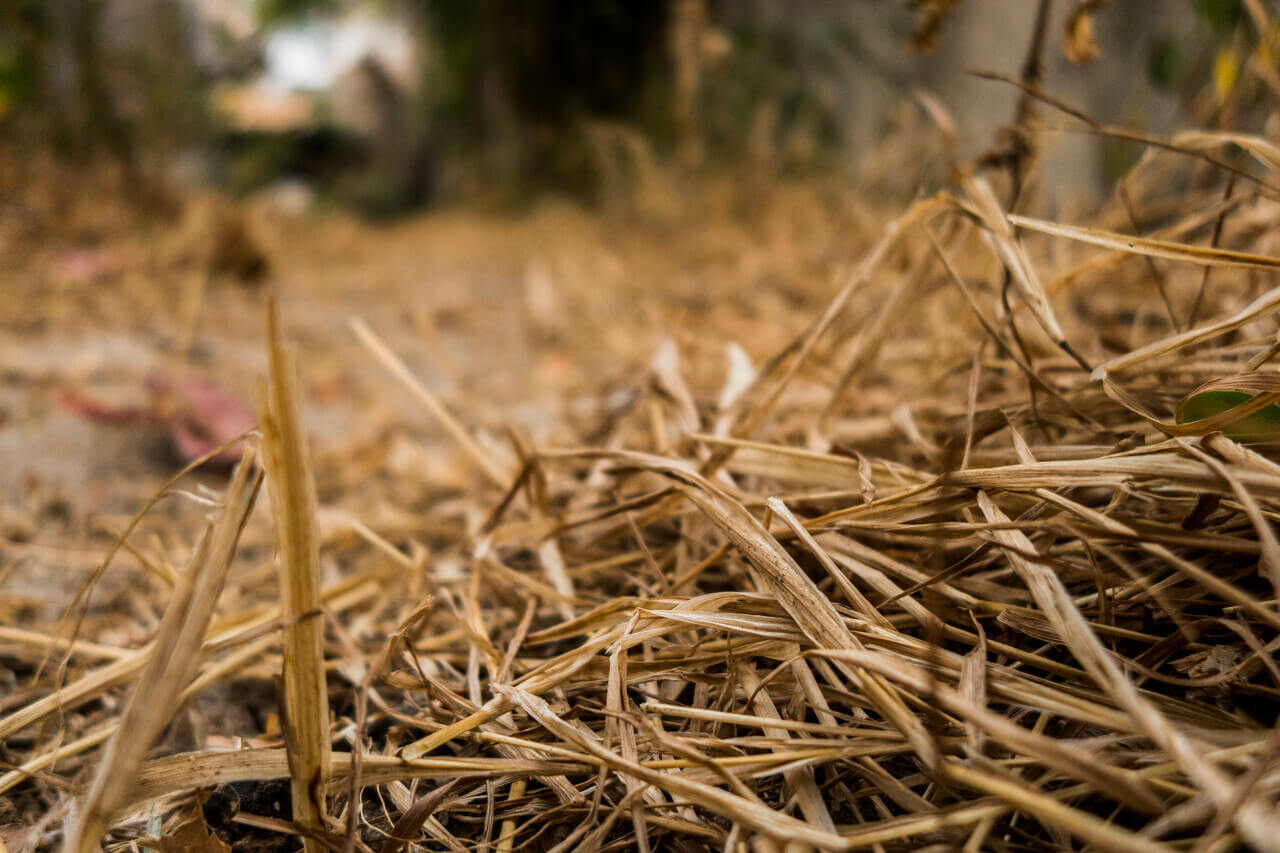It is possible to compost straw, but only if it is not contaminated with chemicals, carnivore animal manure and anything else on the 'do not compost list'. As a brown material in composting, straw should be added alongside fresher greens to ensure that the heap remains balanced and does not dry out.
Table of Contents
Is it safe to put straw in compost?
Yes, most of the time, straw is safe for your compost. Straw is an important component of compost, but make sure you know where the straw comes from.
As it decomposes quickly, it helps to heat the mixture. It can be added directly from the bale or at the end of the season after it has been used as a mulch along garden rows.
Manure is usually found in straw used as animal bedding after it has been cleaned out, which adds a layer of nutrients to the compost.
You should allow the manure-straw blend to cure for at least several months before redistributing it in your garden, as fresh hot manure can damage plants.
Straws often contain bits of the animal’s poo – that’s fine for healthy vegetarian animals (like rabbits or chickens), but you should not compost waste from meat-eating animals (or those that hunt), since their feces may contain dangerous organisms that may not be broken down by composting.
It is not recommended to compost straw used to soak up oil spills or chemical spills. You do not want these liquids to enter your compost.
Is straw green or brown material?
Hay and straw are brown organic materials that contribute to the structure of your compost.
This material is very tough, does not break down quickly, and is not typically found in a backyard.
Some people purchase straw as a substitute carbon material during the summer when browns are scarce.
How to compost straw
- A good rule of thumb for compost composition is three parts carbon to one part nitrogen.
- It is best to keep all pieces as small as possible for a faster breakdown.
- Straw should be mixed well so that it does not blow around.
- Turn the pile frequently and add moisture if it becomes dry.
- You should place your compost in a sunny location to ensure that it remains warm.
The straw and other compost components will be transformed into dark, nutrient-rich finished compost in a matter of months with good management.
Garden uses for straw
1. As a covering
Using straw as a covering for the compost bin is also possible. Again, straw serves as an effective insulator, allowing rain to pass through while keeping decaying organic matter warm and the bacterial action active.
After the straw decays, mix it into the pile and add more straw from a fresh bale on top.
2. As straw mulch
The straw that has not decomposed makes an excellent straw mulch for garden beds, under shrubs, and in flower beds at planting time.
3. As a DIY compost container
Another option is to build a DIY compost heap with your straw bales or hay bales. A straw-bale compost pile is easy to build and requires little more than a strong back to heft the bales.
- Place the straw, one bale deep, in a square formation, closing in three sides and leaving the fourth open to permit access to the pile.
- The compost pile is then constructed in the same manner as any other structure by layering materials, keeping them moist, and turning them every couple of days to maximize aeration and bacterial activity.
- Mix the straw with the pile as it decomposes. In areas with extensive rainfall, it is not uncommon for an entire bale of straw to be reincorporated into the pile within just one season.
The decomposition of straw bales occurs more rapidly because their centers are hotter and provide excellent insulation for the heat generated in the pile.
Straw Bale Gardening Tips
- Don’t use hay; use straw. Hay is made from grasses and alfalfa seed heads that germinate and sprout into weeds
- Make sure the garden is near water
- Make the bales solar
- Plant short stuff
- Plant in the sun
- Keep the water from pooling
Other uses for straw
In addition to being used for animal bedding and mulch in gardens, straw can also be used as a quality cattle feed, heating fuel, ethanol producer, or building material.
Since the ancient Egyptians used wheat straw to bind clay bricks, wheat straw has been used as a building material. There is also a great deal of heat energy potential in wheat straw.

